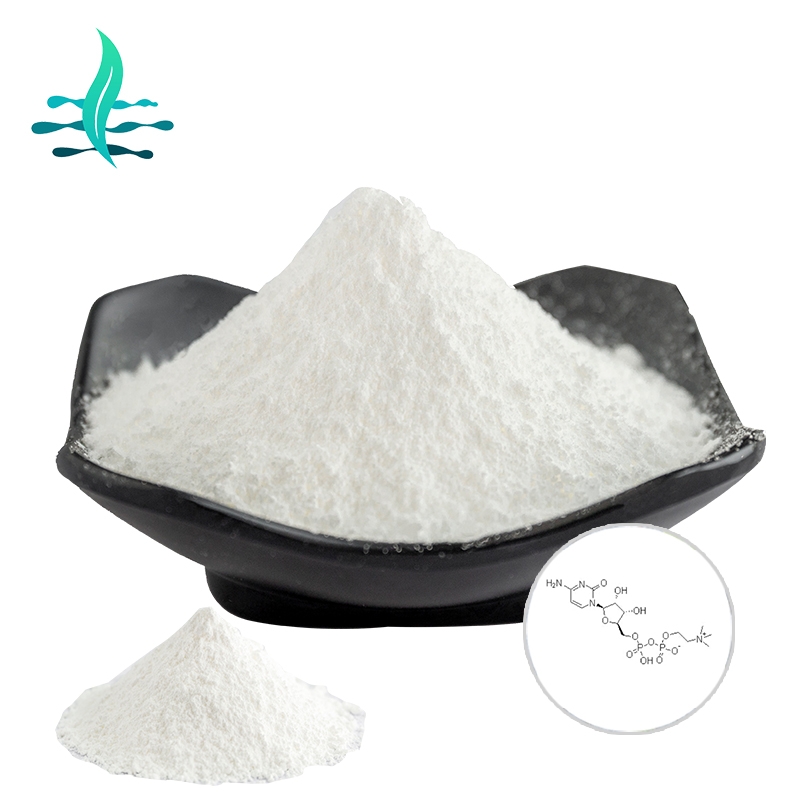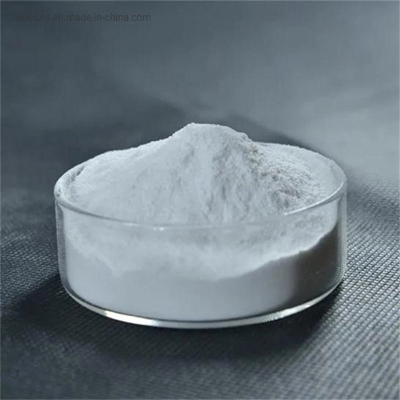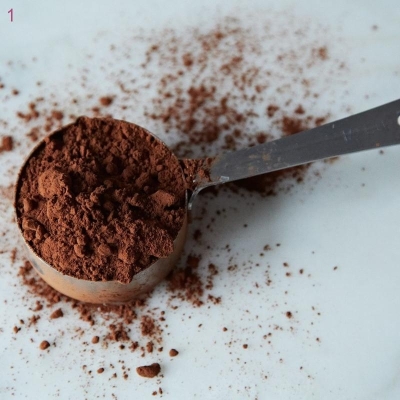Preparation of plant protons
-
Last Update: 2021-01-08
-
Source: Internet
-
Author: User
Search more information of high quality chemicals, good prices and reliable suppliers, visit
www.echemi.com
primary body refers to plant cells removing the exposed part of the cell wall. It
under
conditions,
(1) has the ability to regenerate cell walls, continuous cell division and regenerate complete plants,
(2) has the ability to ingest exogenetic large molecules, cysts, as well as bacteria, viruses, so it is a good material for genetic operation,
gene
transfer;
(3) through the fusion of progenitors of allogeneic and heterogeneic plants, can produce isometogenes, the realization of hybridization of soda cells.experimental principle
the method of removing the cell walls of plants can be mechanical manual operation, but also the use of enzyme solution. Klercker (1892), the first to use mechanical methods to prepare progeny, was not first developed in large quantities by enzyme method until 1960, when the British scientist Cocking first used enzymes. In this experiment, the leaf meat
tissue
of the plant was used as a material, and cellulase and gelase were used to digest the cell walls and separate the cells.experimental supplies
appliances:
microscope
,
centrifuges
, centrifuges, scissors (2), tweezers (2),
straws
, small petri dishes, carriers, covers.reagents
:0.16mol/L CaCI.2.H2O, 20% sucrose, enzyme lysate
material: rape or spinach or tobaccoexperimental method steps
1, taken according to the purpose of the experiment and Conditions select different materials
2, separation progenitor
(1) tearing the lower foliar
(2) enzymatic solution will tear off the lower skin leaves cut into small pieces, placed in a small petri dish containing 5mL enzyme liquid, let remove the lower skin One side of the contact enzyme solution, supplemented by a layer, at 25 to 28 degrees C enzymatic solution 60 to 90 minutes
3, collection purification
(1) with a straw to suck the enzymatic solution into the 5mL centrifuge tube, at 600rpm Centrifugation for more than 5 minutes, so that the proton seidation
(2) will be semen (enzyme solution) recovery, leaving the progenitor and residue at the bottom of the tube
(3) calcium chloride liquid about 2mL, gently blowing evenly
(4) Slowly inject sucrose into the bottom of the centrifuge tube with a syringe about 2-3mL, the lower sucrose liquid appears, the upper progenitor suspension
(5) centrifuges 10 minutes at 600rpm, and a green band appears between the two liquid phases Pure progenitor
4, observation or culture
take a little progenitor on the film, cover to observe its form, or inoculate the progenitor body on
plant base
culture, regenerative plant
This article is an English version of an article which is originally in the Chinese language on echemi.com and is provided for information purposes only.
This website makes no representation or warranty of any kind, either expressed or implied, as to the accuracy, completeness ownership or reliability of
the article or any translations thereof. If you have any concerns or complaints relating to the article, please send an email, providing a detailed
description of the concern or complaint, to
service@echemi.com. A staff member will contact you within 5 working days. Once verified, infringing content
will be removed immediately.







